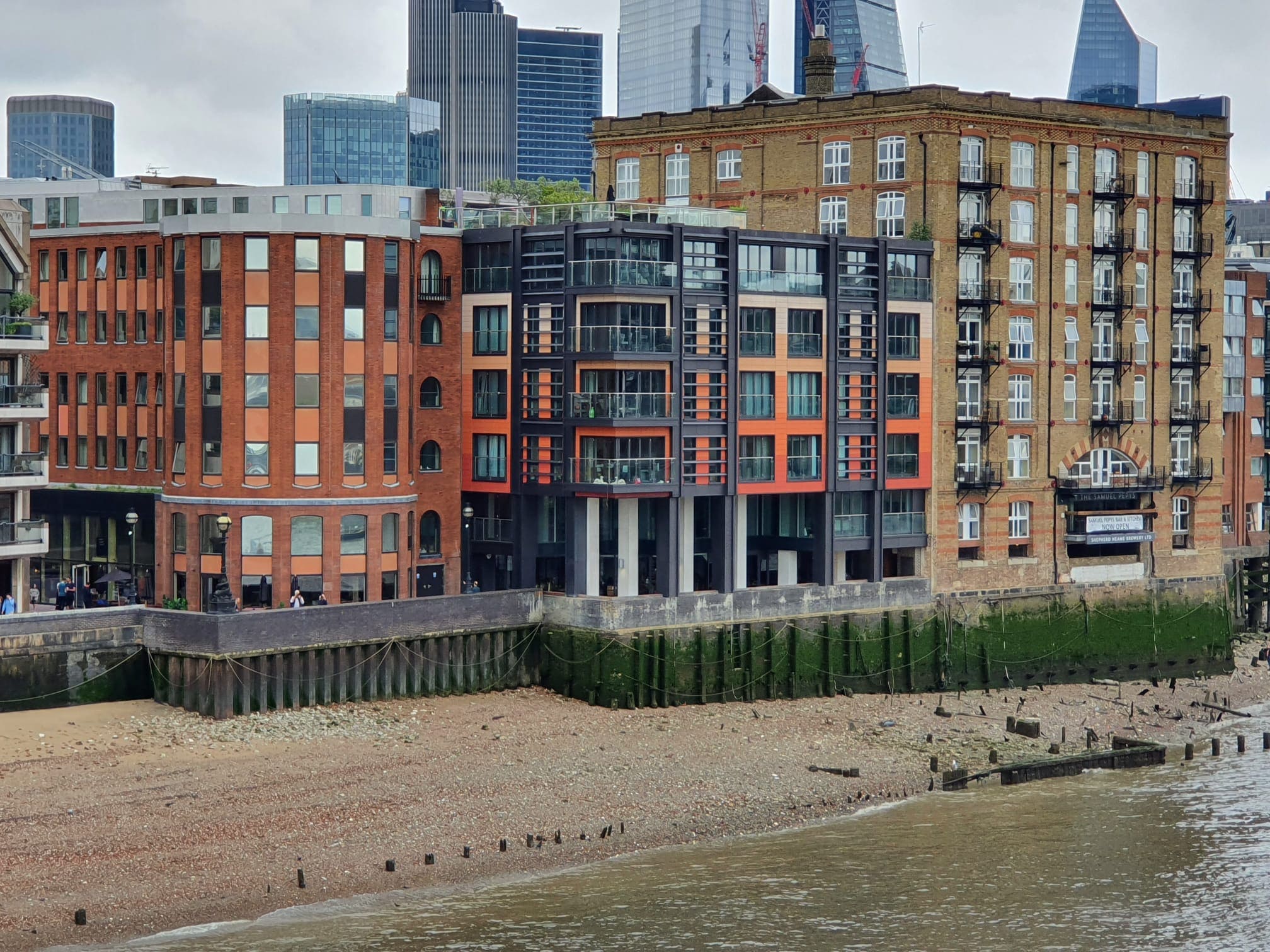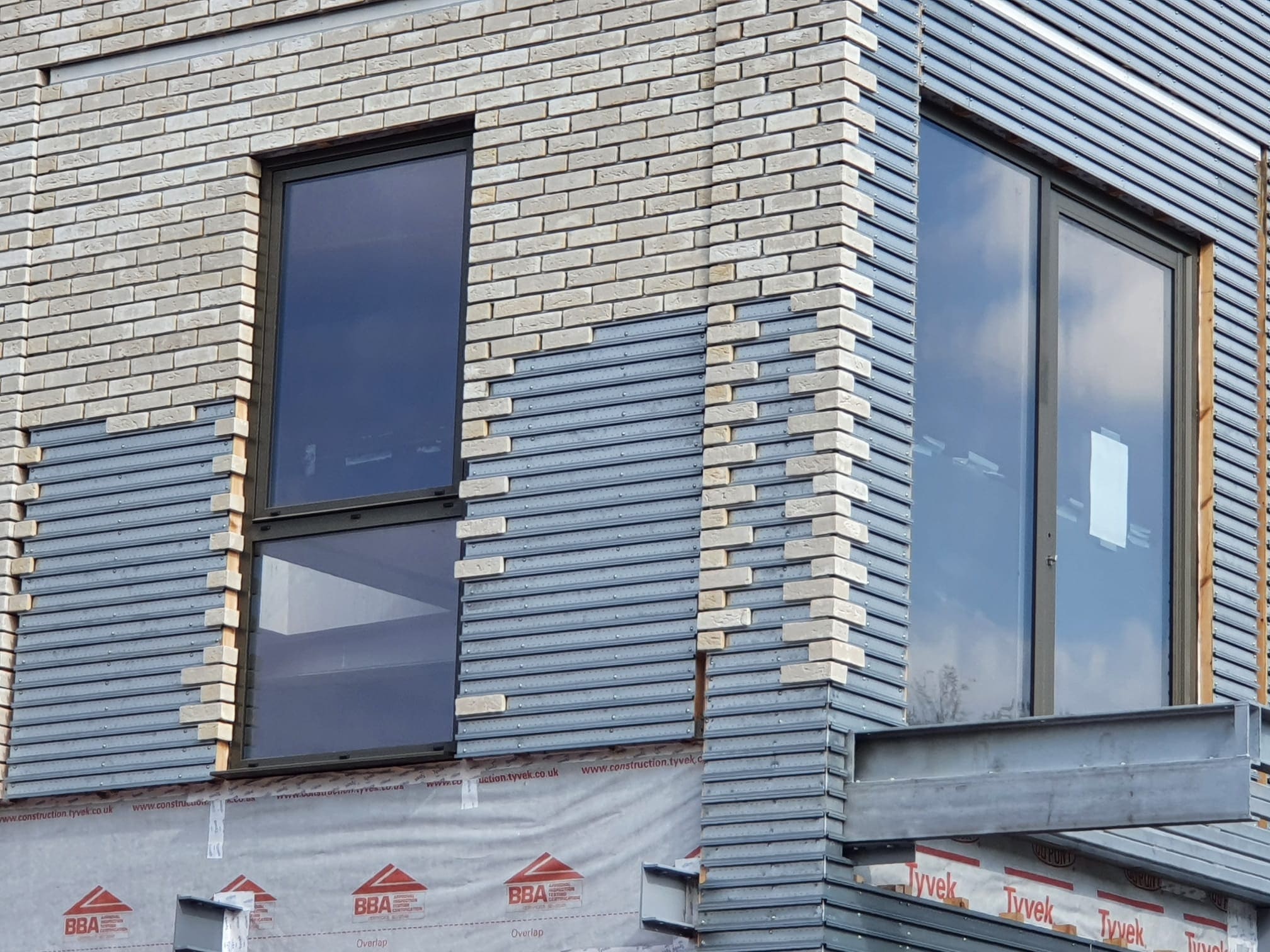 395
395
 0
0
Permitted Development Rights (PDR): A Solution or a Shortcut in Housing Development?
In 2013, the UK government introduced Permitted Development Rights (PDR) as a temporary measure to boost housing supply. By allowing office buildings to be converted into residential units without full planning permission, the government aimed to address the housing shortage. This section explores the origins of PDR and how it evolved from a temporary fix to a permanent policy in 2016.
The UK Government's Push for Housing Supply: Understanding Permitted Development Rights
PDR was introduced with the aim of rapidly increasing housing availability. It allows entire office blocks to be demolished and rebuilt as residential homes without the need for planning permission. This section explains how the policy works, its objectives, and the government's intent to solve the housing crisis by cutting down bureaucracy in property conversions.
The Controversial Expansion of PDR: Is It Benefiting or Harming Local Communities?
Despite its intentions, the expansion of PDR has sparked significant opposition from local authorities, particularly in London. Many boroughs argue that the policy undermines local planning control, leading to poor-quality developments in areas already struggling with housing demand. This section examines the debates surrounding the expansion of PDR and the impacts on local communities.
The Dark Side of PDR: Concerns Over Housing Quality and Affordability
While PDR has resulted in an increase in housing numbers, critics argue that many of these developments fail to meet national space standards and don’t provide enough affordable housing. This section highlights the concerns raised about the quality and affordability of homes converted through PDR, and how these issues may exacerbate the ongoing housing crisis
Affordable Housing Crisis: Has PDR Contributed to the Loss of Affordable Homes?
Shelter, the homelessness charity, claims that 10,340 affordable homes have been lost due to PDR, as the focus shifts toward increasing housing quantity over quality. This section looks at the claim and examines whether PDR has made a meaningful impact on addressing the affordable housing crisis, or whether it has simply worsened the problem by prioritizing cheaper, smaller units
PDR's Success in Quantity vs. Quality: What's the Future of Housing Conversions?
Between 2015 and 2020, PDR led to the conversion of 64,798 office units into residential properties. While this statistic speaks to the policy’s success in terms of quantity, it raises concerns about the geographic distribution and overall quality of these new homes. This section evaluates the successes and limitations of PDR, and what future reforms or changes might be needed to address its shortcomings, particularly in terms of quality living standards.





Meet our Expert Property Commentators



























